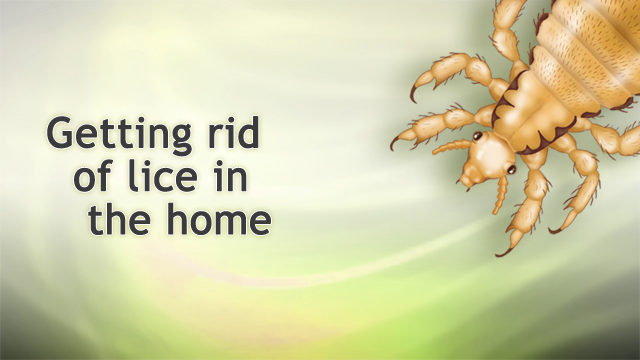Body lice
Lice - body; Pediculosis corporis; Vagabond disease
Body lice are tiny insects (scientific name is Pediculus humanus corporis) that are spread through close contact with other people.
Two other types of lice are:
Causes
Body lice live in the seams and folds of clothing. They feed on human blood and lay their eggs and deposit waste matter on the skin and clothing.
Lice die within 3 days at room temperature if they fall off a person into most areas of the environment. However, they can live in the seams of clothing for up to 1 month.
You can get body lice if you come in direct contact with someone who has lice. You can also get lice from infected clothing, towels, or bedding.
Body lice are bigger than other types of lice.
You are more likely to get body lice if you do not bathe and wash your clothes often or live in close (overcrowded) conditions. Lice are unlikely to last if you:
- Bathe regularly
- Wash clothes and bedding at least once a week
Symptoms
Lice cause severe itching. The itching is a reaction to the saliva from the insect's bite. Itching is usually worse around the waist, under the arms, and in places where clothing is tighter and closer to the body (such as near bra straps).
You may have red bumps on your skin. The bumps may scab or become crusty after scratching.
Skin around the waist or groin may become thickened or change color if you have been infected with lice in that area for a long time.
Exams and Tests
Your health care provider will look at your skin and clothing for signs of lice.
- Full-grown lice are the size of a sesame seed, have 6 legs, and are tan to grayish-white.
- Nits are lice eggs. They will most often be seen in the clothing of someone with lice, usually around the waist and in the armpits.
You should also be checked for head and pubic lice if you have body lice.
Treatment
To get rid of body lice, take the following important steps:
- Bathe regularly to get rid of lice and their eggs.
- Change your clothes often.
- Wash clothes and bedding in hot water (at least 130°F or 54°C) and machine dry using the hot cycle.
- Items that can't be washed, such as stuffed toys, mattresses, or furniture, can be thoroughly vacuumed to get rid of lice and eggs that have fallen off the body.
Your provider may prescribe a skin cream or a wash that contains permethrin, malathion, or benzyl alcohol. If your case is severe, your provider may prescribe medicine that you take by mouth.

Outlook (Prognosis)
By taking the above mentioned steps, body lice can be completely destroyed.
Possible Complications
Scratching can make your skin more likely to become infected. Because body lice spread easily to others, people you live with and sexual partners need to be treated as well. In rare cases, lice carry uncommon diseases, such as trench fever, which may be spread to humans.
When to Contact a Medical Professional
Contact your provider if you have lice in your clothing or itching that does not go away.
Prevention
If you know someone is infested with body lice, avoid direct contact with that person, the person's clothing, and bedding.
References
Dinulos JGH. Infestations and bites. In: Dinulos JGH, ed. Habif's Clinical Dermatology. 7th ed. Philadelphia, PA: Elsevier; 2021:chap 15.
Varma A, Kim HJ, Levitt JO. Pediculosis. In: Lebwohl MG, Heymann WR, Coulson IH, Murrell DF, eds. Treatment of Skin Disease: Comprehensive Therapeutic Strategies. 6th ed. Philadelphia, PA: Elsevier; 2022:chap 184.
Review Date: 7/1/2023








